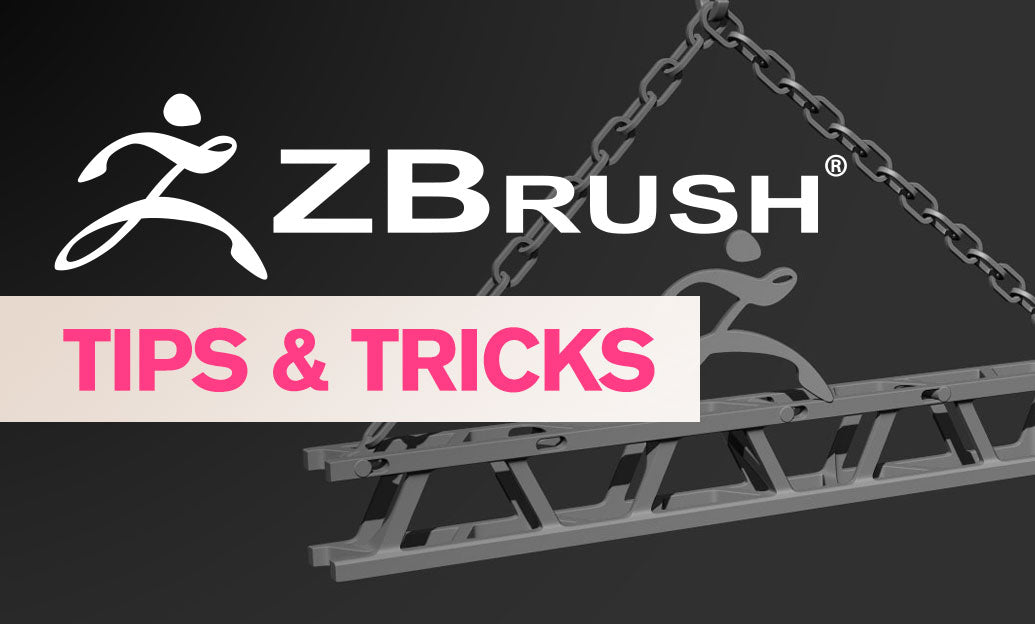Your Cart is Empty
Customer Testimonials
-
"Great customer service. The folks at Novedge were super helpful in navigating a somewhat complicated order including software upgrades and serial numbers in various stages of inactivity. They were friendly and helpful throughout the process.."
Ruben Ruckmark
"Quick & very helpful. We have been using Novedge for years and are very happy with their quick service when we need to make a purchase and excellent support resolving any issues."
Will Woodson
"Scott is the best. He reminds me about subscriptions dates, guides me in the correct direction for updates. He always responds promptly to me. He is literally the reason I continue to work with Novedge and will do so in the future."
Edward Mchugh
"Calvin Lok is “the man”. After my purchase of Sketchup 2021, he called me and provided step-by-step instructions to ease me through difficulties I was having with the setup of my new software."
Mike Borzage
Revit Tip: Optimizing Revit Projects: Custom Graphic Styles for Enhanced Clarity and Communication
May 11, 2025 2 min read

Enhancing your Revit projects with custom graphic styles can significantly improve the clarity and visual appeal of your models. By tailoring graphic styles to your specific needs, you can communicate design intent more effectively and streamline your workflow.
- Understand Graphic Styles: Familiarize yourself with Revit's default graphic styles to know what can be customized. This includes lines, fills, text, and symbols used in different views.
- Create Consistent Line Weights and Colors: Establish a standardized set of line weights and colors for different elements. Consistency helps in maintaining a clear and professional appearance across all project views.
- Utilize View-Specific Overrides: Leverage view-specific graphic overrides to highlight or deemphasize elements based on the view's purpose. For example, use thicker lines for important structural elements in structural plans.
- Implement Filters for Enhanced Control: Apply filters to control the visibility and appearance of elements dynamically. Filters can be based on parameters such as category, phase, or custom parameters, allowing for more granular control over graphic styles.
- Leverage Revit Templates: Incorporate custom graphic styles into your Revit templates to ensure consistency across all projects. This saves time and maintains uniformity in presentation standards.
- Customize Detail Levels: Adjust graphic styles based on the detail level of the view. Fine-tune the appearance of elements in detailed views versus schematic or overview views to enhance readability and focus.
- Use Graphic Display Options: Explore Revit’s Graphic Display Options to modify settings such as shadows, reflections, and ambient occlusion. Customizing these settings can add depth and realism to your models.
- Incorporate Annotations Effectively: Customize the appearance of annotations to ensure they are legible and do not clutter the view. Adjusting text size, color, and line styles can improve the overall clarity of your documentation.
- Integrate NOVEDGE Solutions: Enhance your custom graphic styling by utilizing tools and resources from NOVEDGE. Their comprehensive library and expert tutorials can provide additional techniques and insights to elevate your Revit projects.
- Regularly Review and Update Styles: Periodically assess your graphic styles to ensure they align with evolving project requirements and industry standards. Updating styles as needed helps maintain the effectiveness and professionalism of your models.
By implementing these techniques for customizing graphic styles in Revit, you can achieve more precise and visually appealing models that effectively communicate your design intentions. Incorporating resources from NOVEDGE can further enhance your capabilities, providing valuable tools and knowledge to optimize your workflow and project outcomes.
```You can find all the Revit products on the NOVEDGE web site at this page.
Also in Design News

Advancing Sustainable Design: The Role of Eco-Friendly Software in Architecture and Engineering
May 11, 2025 5 min read
Read More
ZBrush Tip: Mastering the Displace Noise Brush for Enhanced Detailing in ZBrush
May 11, 2025 2 min read
Read More
AutoCAD Tip: Enhancing Dimension Precision with Dimjogline and Dimspace Commands in AutoCAD
May 11, 2025 2 min read
Read MoreSubscribe
Sign up to get the latest on sales, new releases and more …


